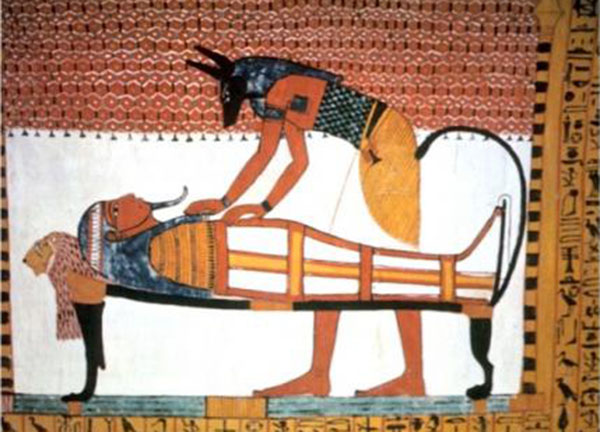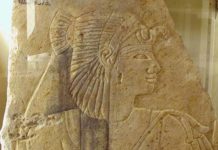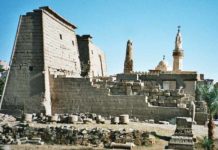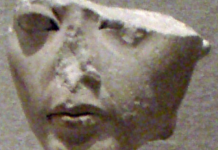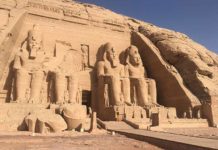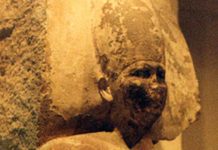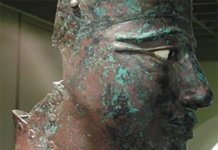Learn how to make a mummy, along with information on Egyptian canopic jars, and the Egyptian afterlife.
Early Egyptians had a short life span and many died before the age of thirty. The afterlife played a key figure in their survival into the next world. They believed they needed both the ka, which was a spirit double, and the ha, which was considered to be a person’s life force, in order to continue existence.
Egyptian Canopic Jars
It took approximately seventy days to prepare a mummy. One of the early steps was to remove certain organs, embalm them, and place them in what is known as canopic jars. These organs included the liver, lungs, intestines, and stomach. The early Egyptians believed that the heart would be judged before entering what was referred to as the Next World. Therefore, the heart remained with the body.
Information About Mummies
The next step in the process of mummification was to dry the body out of all fluids. This was done with a preservative known as natron, which is a type of salt. This part of the procedure lasted from thirty five to forty days. In order to bring the body back to a normal looking state, it was stuffed with materials which had been soaked in oils and resins.
Proper wrapping was an intricate part of mummification. The ancient Egyptians were so skilled in this process that mummies discovered in recent times have been found to be very well preserved. The wrapping procedure consisted of wrapping linen in layers with jewels and amulets between the layers.
A popular amulet to be included was a scarab beetle. This was for guarding the soul in the afterlife and preparing it for resurrection. It was also to protect the mummy from any type of sorcery. After each layer of wrappings was placed, it was rubbed with perfume, oils, and resin.
Egyptian Coffins
Once the wrapping of the mummy was completed, a mask was placed over the face. It was now ready to be placed in a coffin and buried. Coffins were often painted and extravagantly decorated. The journey into the next life was very important to the ancient Egyptians as they believed their new life would be similar to the lifetime they spent on earth, only better.
With proper embalming and wrapping, the bodies of the deceased ancient Egyptians were carefully prepared for their journeys into the afterlife. The procedure was so successful that even today, the bodies of these mummies are still well preserved.
Sources:
- The Usborne Internet-Linked Encyclopedia of Ancient Egypt, Gill Harvey and Struan Reid, (Usborne Publishing Ltd.,) 2002
- Harper’s Encyclopedia of Mystical & Paranormal Experience, Rosemary Ellen Guiley, (HarperSanFrancisco,) 1991


